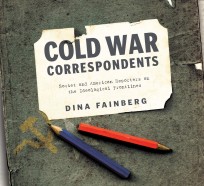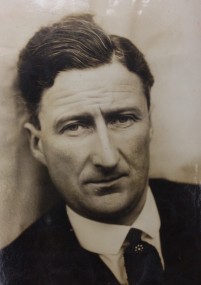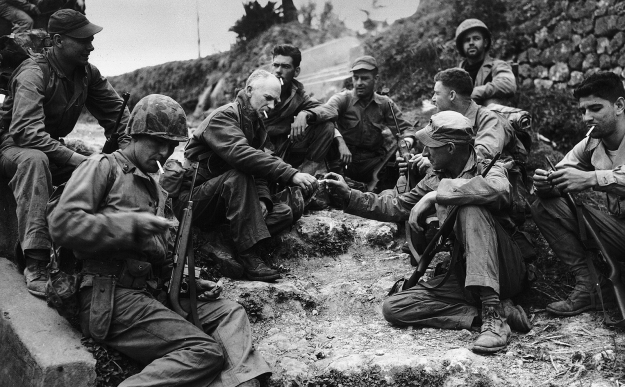
Kathryn Olmsted, professor of history at the University of California, Davis, published in March 2022 her new book, The Newspaper Axis: Six Press Barons Who Enabled Hitler, with Yale University Press. The book examines the six most powerful press lords in the United States and Great Britain in the 1930s and argues that they prevented their tens of millions of readers from understanding the fascist threat. Some ignored or appeased Nazi dictator Adolf Hitler; others were overtly pro-fascist in their coverage. The book shows that the right-wing media’s embrace of authoritarian dictators has deep roots in the past.

Joe Campbell, a professor in the School of Communication at American University, published his latest polling-related op-ed recently in The Hill. Campbell advised caution about way-too-early predictions about this year’s mid-terms, noting that “expectations about national elections, confidently asserted months in advance, are prone to error — a historical reality tends to be overlooked as a dominant narrative takes hold about an unfolding national campaign.” Drawing on his latest book, Lost in a Gallup: Polling Failure in U.S. Presidential Elections (University of California, 2020), Campbell noted that the historical record “encourages caution and humility about expectations developed six or seven months ahead of national elections.”

Maddie Liseblad, an assistant professor of journalism at California State University Long Beach, has been awarded a Fulbright Specialist Award to teach at Babeș-Bolyai University of Cluj-Napoca in Romania in May. She will be lecturing in journalism and public relations classes at the undergraduate and graduate levels. With its about 45,000 students and 365 different programs, the public research university is the largest university in Romania. Liseblad is one of 400 U.S. citizens who will spend time overseas as a part of the Fulbright Specialist program.

Jon Marshall’s new book, Clash: Presidents and the Press in Times of Crisis, was released May 1 by Potomac Books. Clash explores the political, economic, social, and technological forces that have shaped the relationship between U.S. presidents and the press during times of crisis. Jon is an associate professor in the Medill School of Northwestern University. He also had an op-ed, “Calling Democrats like Biden fascists has always been false,” published on April 25 in the Washington Post’s “Made by History” section.

Anthony R. Fellow, Ph.D., who has taught at California State Fullerton, California State Los Angeles, and the University of Southern California, is author of the fourth edition of American Media History: The Story of Journalism and Mass Media. It is the story of a nation and of the events in the long battle to disseminate information, entertainment, and opinion in a democratic society. It is the story of the men and women whose inventions, ideas, and struggles shaped the nation and its media system and fought to keep both free. New chapters cover women’s rights, civil rights movements, significant moments in media history (such as 9/11 and the 2020 pandemic), fake news, bias news, and the social media presences of Barack Obama and Donald J. Trump.

Kimberly Voss, professor of journalism at the University of Central Florida, has been named a board member of the Florida Council for History Education. She has also been named the book series editor for Mediating American History with Peter Lang.

















